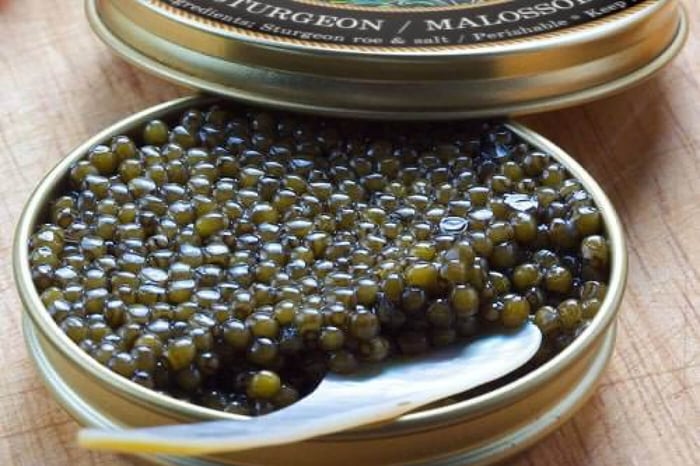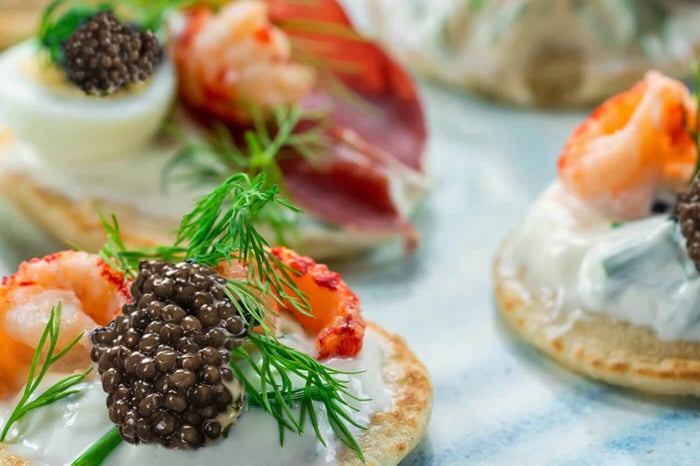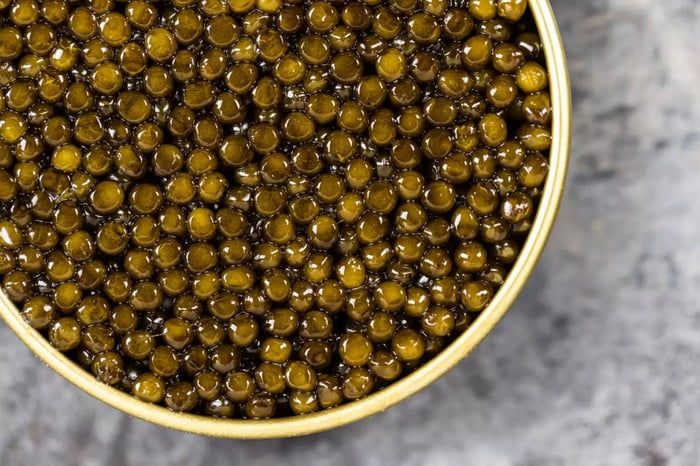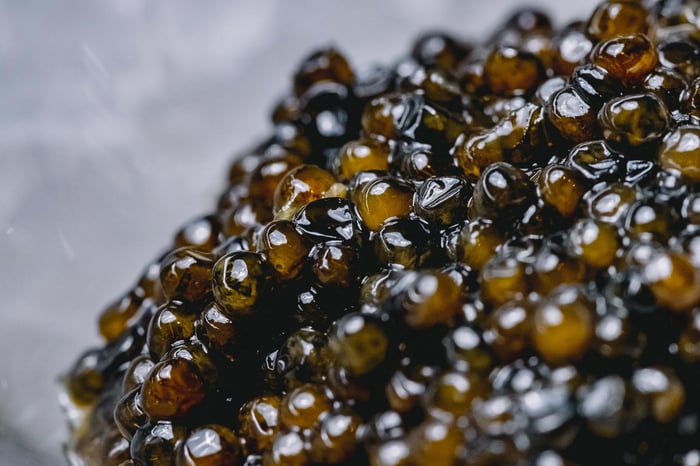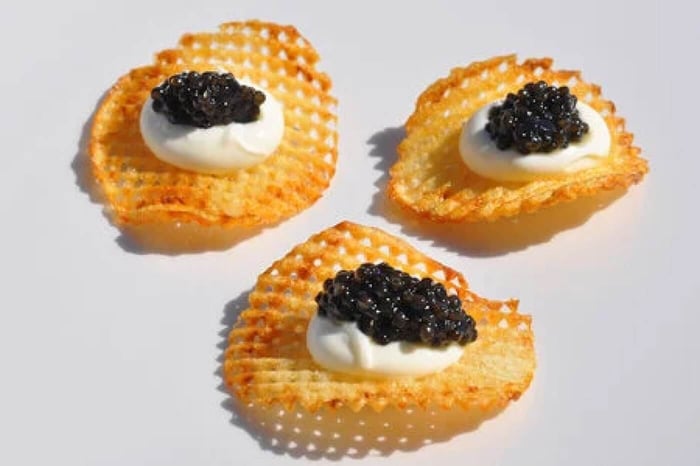 Caviar, often dubbed “black gold,” is one of the most luxurious delicacies in the world, prized for its rich texture and refined taste. For centuries, it has been associated with royalty, wealth, and exclusivity. However, if you’ve ever browsed caviar prices, you might have noticed they fluctuate significantly depending on time, place, and brand. These fluctuations are not random but rather influenced by a variety of economic, environmental, and cultural forces. Understanding the dynamics behind these changes offers insight not only into the caviar market but also into how global luxury goods function as a whole.
Caviar, often dubbed “black gold,” is one of the most luxurious delicacies in the world, prized for its rich texture and refined taste. For centuries, it has been associated with royalty, wealth, and exclusivity. However, if you’ve ever browsed caviar prices, you might have noticed they fluctuate significantly depending on time, place, and brand. These fluctuations are not random but rather influenced by a variety of economic, environmental, and cultural forces. Understanding the dynamics behind these changes offers insight not only into the caviar market but also into how global luxury goods function as a whole.
Supply and Scarcity of Sturgeon
The foundation of caviar pricing lies in the availability of sturgeon, the fish species from which authentic caviar is harvested. Historically, wild sturgeon populations in the Caspian Sea dominated the market, but overfishing and environmental decline drastically reduced their numbers. As a result, many species are now endangered, forcing producers to rely on farm-raised sturgeon, which requires significant investment and time—sometimes up to two decades before the fish produce viable roe. When supply dips due to disease, environmental challenges, or restrictions on fishing, prices naturally surge. Conversely, improved aquaculture practices or expansions in sturgeon farms can temporarily stabilize or lower prices.
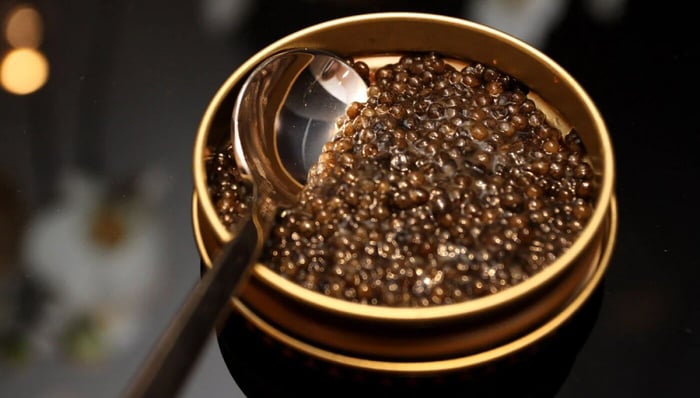
Read: Sturgeon Biology: A Deep Dive Into the Caviar-Producing Fish
International Trade Regulations
Another critical factor affecting caviar costs is the complex web of international trade laws and regulations. Because sturgeon species are listed under the Convention on International Trade in Endangered Species (CITES), exporting and importing caviar involves strict permits, quotas, and compliance checks. These legal frameworks are designed to protect endangered populations, but they also create bottlenecks that can drive prices upward. Trade restrictions between countries, sanctions on major producing nations, or sudden policy changes in import markets like the United States or the European Union often trigger price fluctuations. Thus, the global politics of wildlife protection play a direct role in shaping caviar’s retail value.
Farming Costs and Production Challenges
Producing caviar is an intensive process that requires years of patience, specialized equipment, and constant monitoring. Sturgeon farms must maintain precise conditions for water quality, temperature, and feeding, which results in significant operating costs. Moreover, female sturgeon can take up to 10–15 years to mature and produce eggs, meaning that any mismanagement can represent a decade-long financial setback. Feed prices, energy costs, labor availability, and technological innovations in aquaculture all contribute to shifting production expenses. When farming costs rise, suppliers adjust retail prices to maintain profitability, creating another layer of volatility in the market.
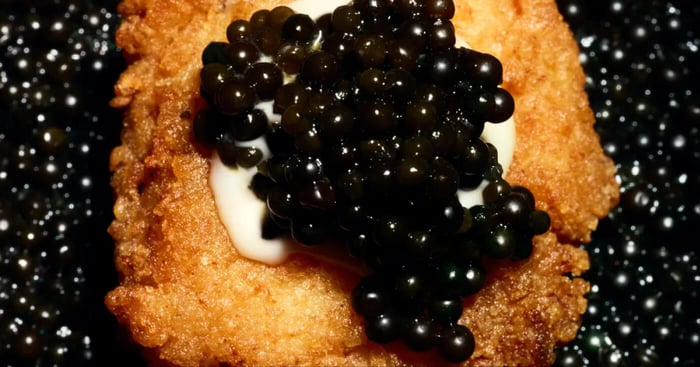
Read: The Renaissance of Caviar: Modern Chefs Redefine Luxury Dining
Consumer Demand and Cultural Trends
Luxury food markets, including caviar, are highly sensitive to consumer demand, which often fluctuates based on cultural trends, global events, and economic prosperity. For instance, during times of economic boom, wealthy consumers are more likely to indulge in premium delicacies, pushing demand and prices higher. Conversely, during recessions or global crises like the COVID-19 pandemic, demand for luxury dining tends to contract, causing price drops or stagnation. Additionally, trends in fine dining, celebrity endorsements, and the growth of high-end restaurants in emerging markets can significantly increase caviar’s popularity and drive up demand, fueling higher prices.
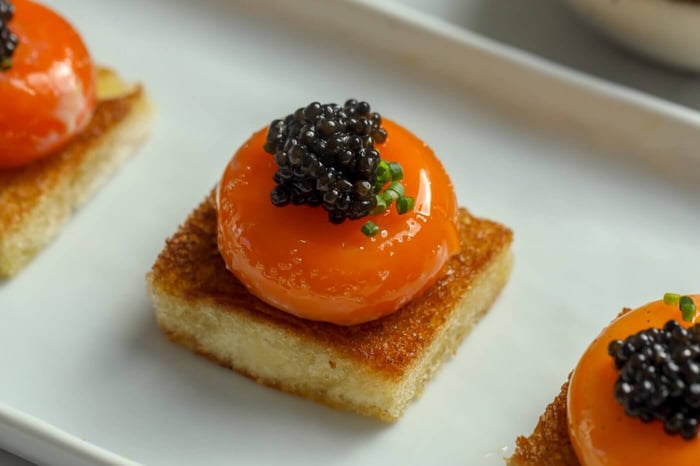
Geographic Shifts in Production
While the Caspian Sea remains historically symbolic of caviar production, the global map of suppliers has shifted significantly. Countries like China, Italy, France, and the United States have emerged as major players in the aquaculture industry, expanding caviar’s availability worldwide. This diversification can stabilize supply, but it also introduces new variables into pricing, such as transportation costs, tariffs, and local economic conditions. For instance, Chinese caviar farms, known for their large-scale production, have influenced global pricing trends by offering competitive alternatives to traditional Russian and Iranian suppliers. These geographic shifts both balance and disrupt traditional market structures, leading to dynamic pricing variations.
Branding, Quality, and Consumer Perception
Finally, the perceived value of caviar is heavily influenced by branding, grading, and consumer perception. Not all caviar is equal—factors such as the species of sturgeon, the size and firmness of the eggs, flavor profile, and even packaging aesthetics can determine price points. Luxury branding strategies, including exclusivity marketing and limited editions, allow certain producers to charge premium rates regardless of overall supply conditions. At the same time, consumer education plays a role; as buyers become more knowledgeable about farmed versus wild caviar or sustainability certifications, they may be willing to pay more for ethically sourced options. This subjective layer adds yet another dimension to the complexity of caviar pricing.
Conclusion
The fluctuating prices of caviar reflect a fascinating intersection of environmental, economic, and cultural forces. From the scarcity of sturgeon and the intricacies of international trade regulations to the costs of farming, global demand, geographic shifts in production, and the influence of branding, every element contributes to its volatile yet captivating market. Unlike mass-produced goods, caviar is tied deeply to nature and tradition, making it vulnerable to shifts beyond human control while still being shaped by luxury consumer behavior. For enthusiasts, investors, and casual buyers alike, recognizing these dynamics not only helps explain why prices rise and fall but also highlights the delicate balance required to sustain one of the world’s most iconic delicacies.
About the Author
 Igor Fishbeyn - Caviar Purveyor
Igor Fishbeyn - Caviar Purveyor
Igor Fishbeyn is purveyor of fine sturgeon caviar and creator of the Skazka Caviar brand. He is an expert with decades of experience specializing in importing, wholesaling, and retailing the finest quality caviar in the world. Igor frequently writes about caviar news and various topics about the caviar industry. He lives in San Francisco with his wife and daughter.
Shop Skazka Caviar
Browse Our Exclusive Caviar Collection
[dib_prod_5322279944351] [dib_prod_5322391584927] [dib_prod_5322633216159][dib_prod_5322609590431]
Shop Caviar By Type
Shop Black Caviar | Shop Red Caviar | Shop Caviar Accessories
Shop Beluga Caviar | Shop Kaluga Caviar | Shop White Sturgeon Caviar
Shop Osetra Caviar | Shop Salmon Roe | Shop Albino Sturgeon Caviar

